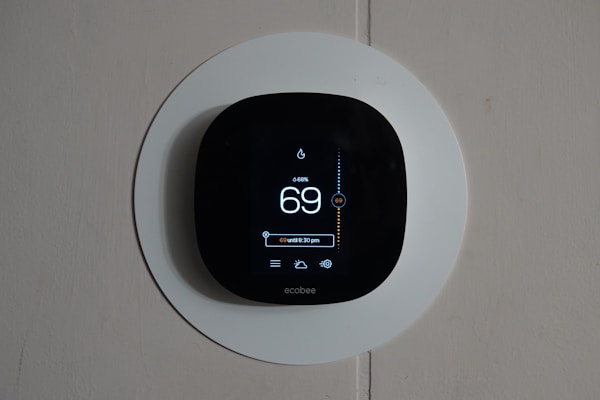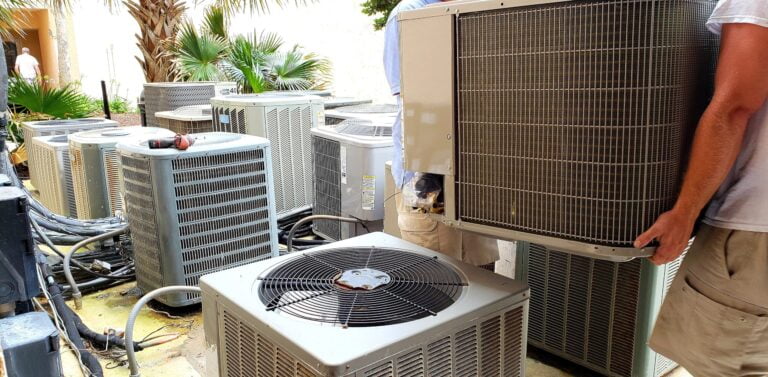Your thermostat is an incredibly important part of your home. It helps to regulate the temperature, making it more comfortable for you and your family. It can also help you save money on your energy bills. There are a variety of different thermostats available on the market, so you need to choose the one that is right for your needs. Even the best thermostats will need to be replaced eventually, the average lifespan of a thermostat is around ten years. However, it can be difficult to know when your thermostat should be switched out for a newer model. If you’re interested in learning more, read on to find out when you should replace your thermostat.
When should you replace your thermostat?

There are several signs that you should replace your thermostat, but homeowners need to educate themselves so they know what to look out for. For example, if your energy bills are high, you may want to check your thermostat to see if it is working properly. A malfunctioning thermostat can cause your energy bills to skyrocket, so it is necessary to ensure that it is in good condition. If your thermostat is displaying inaccurate temperature readings, it may also need to be replaced. The thermostat is responsible for reading and displaying the temperature in your home, so if it is not accurate, you may not be able to properly regulate the temperature.
If your HVAC system is short-cycling, it could be caused by your thermostat. A thermostat that isn’t in good working order can cause the system to turn on and off more frequently than normal, which can lead to increased energy usage and wear and tear on the system. If you are experiencing short-cycling, you should have a technician come and inspect the unit as soon as possible. Generally, if you experience problems with any part of your HVAC system, the best thing to do is to call a professional rather than risk worsening the issue by attempting to address it on your own.
The heating, ventilation, and air conditioning (HVAC) system in your home is one of the most critical pieces of equipment you have. Proper HVAC maintenance is essential to keeping your system running efficiently and ensuring your home is comfortable. If you want all of the components to stay in good working order, clean them regularly, change the air filter at least once every 90 days, and have the system inspected by a technician at least, once annually.
How else can you control the temperature in your home?

A smart thermostat is a great way to get precise control over your indoor temperature. With a smart thermostat, you can program your desired temperature for different times of the day, and the thermostat will automatically adjust the temperature to match. This can help you save energy and money on your heating and cooling bills. A smart thermostat can also give you information about your energy use. This can help you make more informed decisions about your consumption and save even more money.
Windows are a key part of your home’s insulation and weatherproofing, so you have to take care of any cracks and crevices that may let in outdoor air and moisture. You can caulk and seal these areas yourself, or call a professional to do the job for you. Small cracks in your windows can cause your energy bills to skyrocket, as inefficient insulation allows outdoor air to seep in and warm or cool your home’s interior. In addition, moisture that enters through cracks can cause wood rot, rust, and other damage to your windows and the surrounding framing.
Most people think of their thermostat as nothing more than a way to adjust the temperature in their home, but it’s actually a meaningful part of your home. A well-maintained thermostat can save you money on your energy bills and keep you comfortable all year long. If you notice that your thermostat is displaying inaccurate temperature readings, triggering short cycling, or driving up your energy bills, it may be time for a replacement. You can call your local HVAC technician to discuss your options, but a smart thermostat will make it easy to maintain your preferred indoor temperature.





